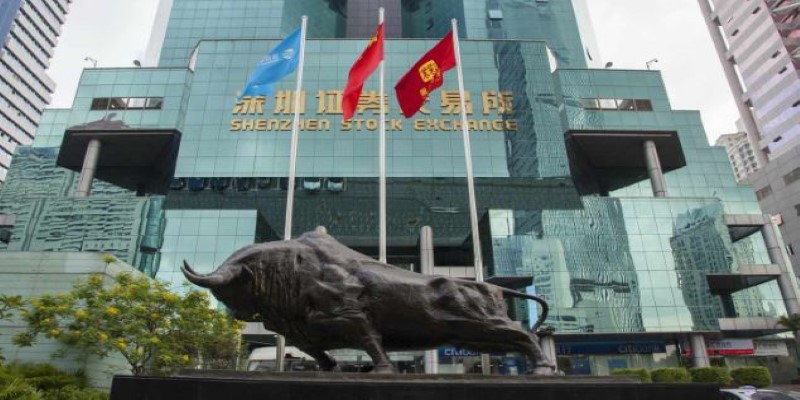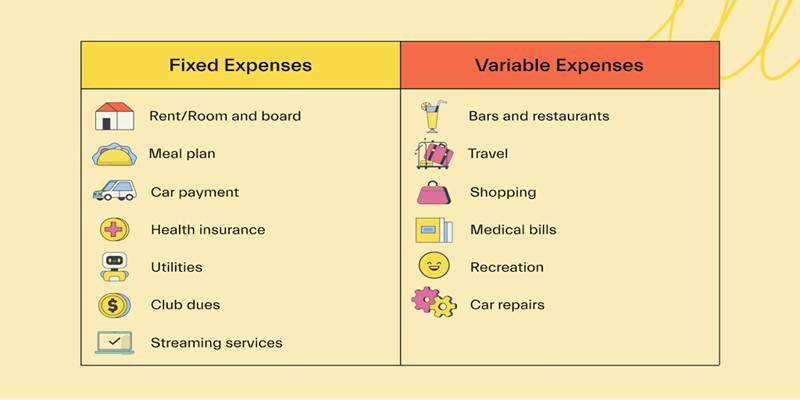Stock exchanges sit at the heart of global finance. They help companies raise capital and give investors a way to buy and sell shares. Behind every price ticker is a system that helps determine the value of entire industries. At the same time, there are dozens of exchanges worldwide, only a handful account for most of the global market capitalization.
These top stock exchanges reflect not just financial size, but also influence stability, and investor trust. In this article, we’ll go through the ten largest stock exchanges by market capitalization and take a closer look at what makes each one stand out.
Top 10 Stock Exchanges by Market Capitalization Worldwide
New York Stock Exchange (NYSE)
The NYSE in New York City is the largest stock exchange in the world by market capitalization, holding close to $25 trillion. It lists many of the biggest public companies, such as Apple, Amazon, and Johnson & Johnson.
Founded in 1792, the NYSE has a long and influential history. Despite a shift to digital, it still maintains a physical trading floor. Known for its strict listing requirements, it attracts established firms with strong financials. Its global reputation makes it a top choice for institutional investors and multinational corporations alike.
NASDAQ
Located in the same city as the NYSE, NASDAQ comes second with a market cap of around $20 trillion. It's widely recognized as the exchange for tech giants—home to Microsoft, Alphabet, Meta, and Tesla.

NASDAQ started in 1971 as the first electronic exchange and has stayed close to its tech-driven roots. Its flexible listing process appeals to fast-growing startups, especially in the tech and healthcare sectors. Many companies list here to gain quick exposure in an innovation-focused market.
Shanghai Stock Exchange (SSE)
The Shanghai Stock Exchange is China’s biggest and the world’s third-largest, with a market cap of more than $7 trillion. It includes major Chinese firms like PetroChina and the Industrial and Commercial Bank of China.
Unlike some Western exchanges, the SSE is more heavily influenced by government oversight. However, it has seen growing foreign investment through programs like Stock Connect, which links mainland Chinese shares to Hong Kong’s more international platform.
Euronext
Euronext is Europe's largest exchange and has a market capitalization of over $6 trillion. It's unique in that it brings together several markets under one banner, including those in Amsterdam, Paris, Brussels, and others.
Companies like L’Oréal, Airbus, and LVMH are among its largest listings. Euronext’s multi-country model offers greater access across European markets and has become a central point for cross-border investing within the region.
Japan Exchange Group (JPX)
Japan’s main exchange, the JPX, was formed through a merger of the Tokyo and Osaka exchanges and holds a total market cap of about $6 trillion. Tokyo, being a major global city, naturally serves as a key financial hub in Asia.
Well-known companies like Toyota, Sony, and SoftBank trade on the JPX. The exchange structure supports firms of various sizes through separate listing segments, and it remains an anchor for those interested in Japan’s industrial and tech sectors.
Hong Kong Stock Exchange (HKEX)
With a market capitalization close to $5 trillion, HKEX serves as a bridge between Chinese companies and global investors. It offers access to firms like Tencent, Alibaba, and HSBC.
Hong Kong's legal framework and financial infrastructure have helped build investor confidence. Even as political developments continue to shape its future, HKEX remains a key exchange in Asia, especially for dual listings and overseas fundraising.
Shenzhen Stock Exchange (SZSE)
The SZSE ranks just behind Hong Kong with a market capitalization of about $4.5 trillion. Located in China’s innovation hub, the exchange is known for its focus on smaller and growth-oriented companies.

The ChiNext board, similar to NASDAQ, hosts tech and high-growth firms. This makes the SZSE a good indicator of China’s shift toward innovation-driven industries and a younger market ecosystem.
London Stock Exchange (LSE)
The LSE, one of the oldest exchanges globally, maintains a strong presence with a market capitalization of more than $4 trillion. It hosts several leading global firms, including BP, AstraZeneca, and Unilever.
Though Brexit affected its role in European finance, the LSE has remained a reliable marketplace, especially for global and emerging market listings. Its combination of history and market depth continues to draw international investors.
National Stock Exchange of India (NSE)
India’s NSE ranks ninth with a market capitalization nearing $4 trillion. Founded in 1992, it quickly rose to prominence due to its fully electronic trading platform and broad market reach.
India’s economic momentum, paired with strong local participation, supports continued growth in the NSE. Major companies such as Reliance Industries and Infosys trade here, and the exchange is expected to keep expanding its global relevance.
Toronto Stock Exchange (TSX)
The TSX, Canada's leading exchange, has a market capitalization of just under $3 trillion. It's well-known for its focus on natural resources, energy, and financial services.
Major listings include Shopify, Royal Bank of Canada, and Barrick Gold. The TSX supports both large firms and emerging ventures, making it a popular exchange for resource-based businesses and a strong player in North America’s financial ecosystem.
Conclusion
The largest stock exchanges are more than just platforms for buying and selling shares—they're closely tied to national economies, global trends, and investor sentiment. From New York to Shanghai, each exchange has its own unique identity shaped by local business culture, regulations, political influence, investor access, and evolving market needs. Market capitalization is just one way to compare them, but it offers a clear picture of where the financial weight lies. While the top two—NYSE and NASDAQ—continue to lead by a wide margin, exchanges in Asia and Europe are steadily gaining ground, reflecting a gradual shift toward a more balanced and diversified global market.












